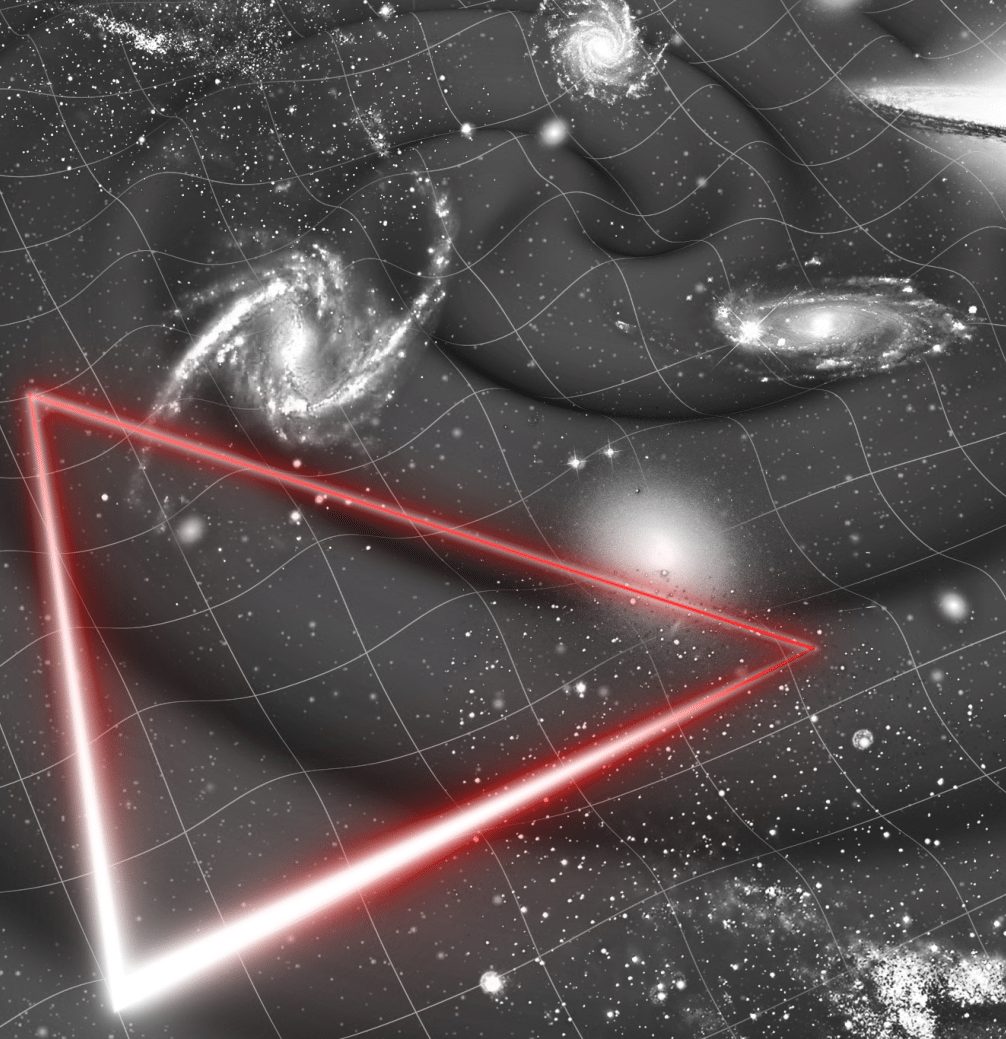LISA and the future of gravitational wave science
par
Amphi Recherche
LPC
Gravitational wave astronomy was brought to life by the first detections of the LIGO and Virgo instruments, and is now entering maturity with the ongoing run O4 of observations. The space-based detector LISA, recently accepted as an ESA mission with a provisional launch date in 2035, will open a new window on the gravitational universe at low frequencies, in the mHz band. LISA will detect gravitational-wave signals from a variety of astrophysical sources, from mergers of massive black hole binaries at high redshift to inspirals of stellar-mass systems, and extreme mass ratio inspirals of a compact object into a supermassive black hole. In this talk, we will give an overview of the scientific capabilities of LISA. We will start with an introduction to gravitational wave observations, before introducing how the future instrument LISA will differ from today's instruments. We will highlight the challenges posed by the data analysis of the mission, which will require a global fit of many superposed signals, and the role of systematic errors in waveform models for strong signals. We will also briefly describe what LISA can contribute to our understanding of cosmology and fundamental physics.

